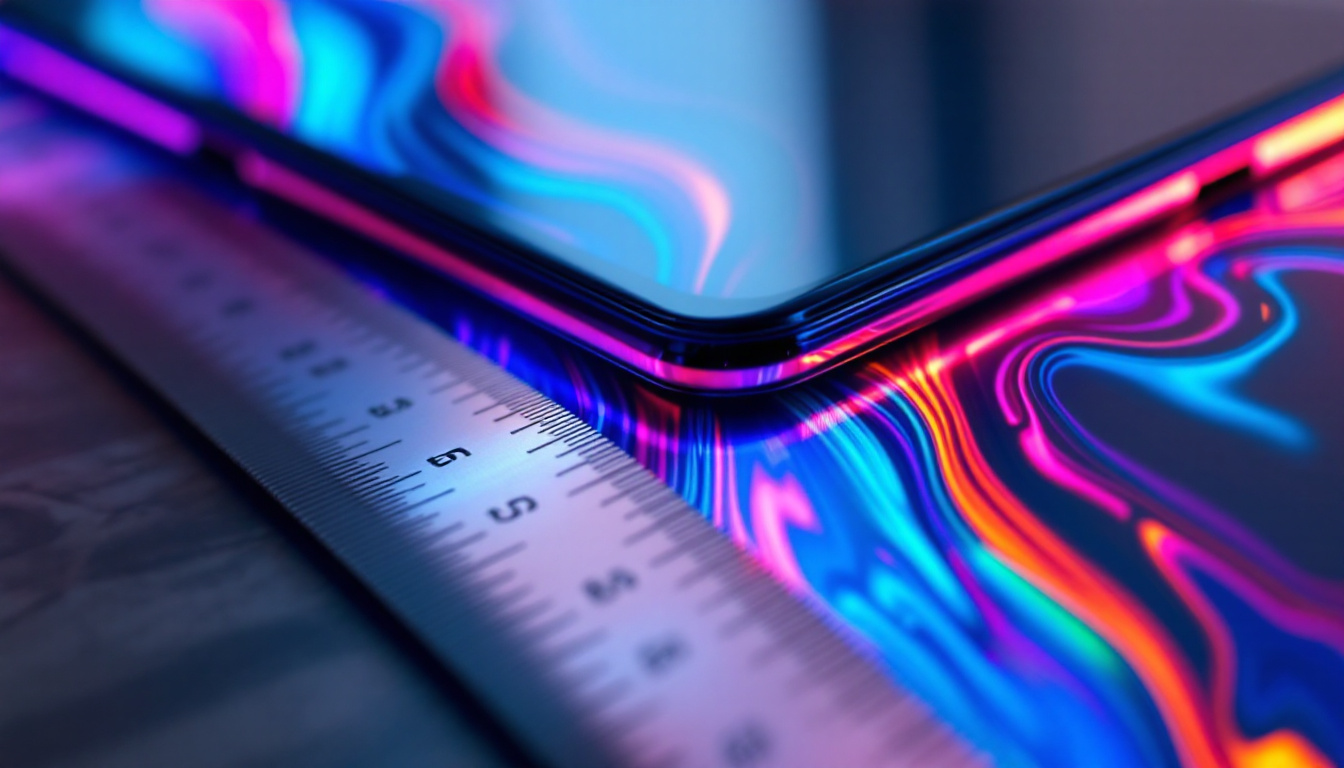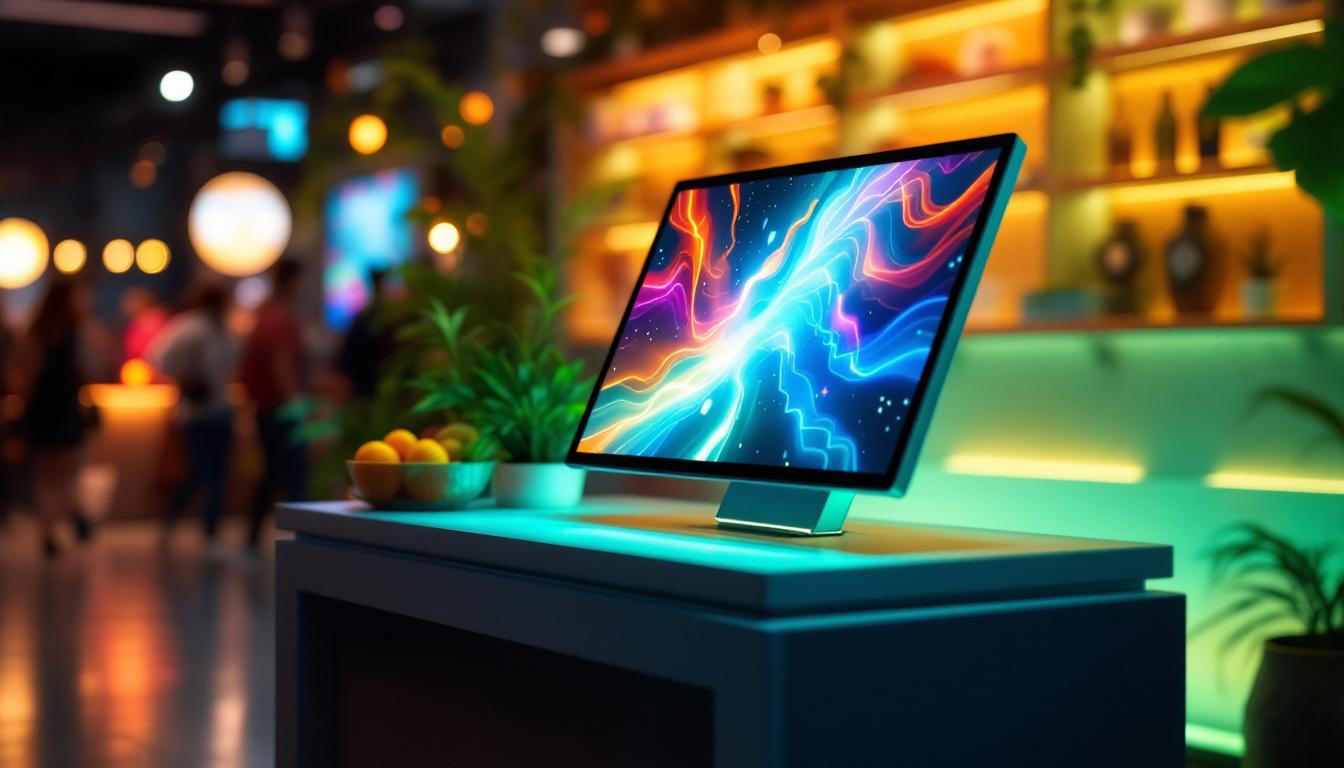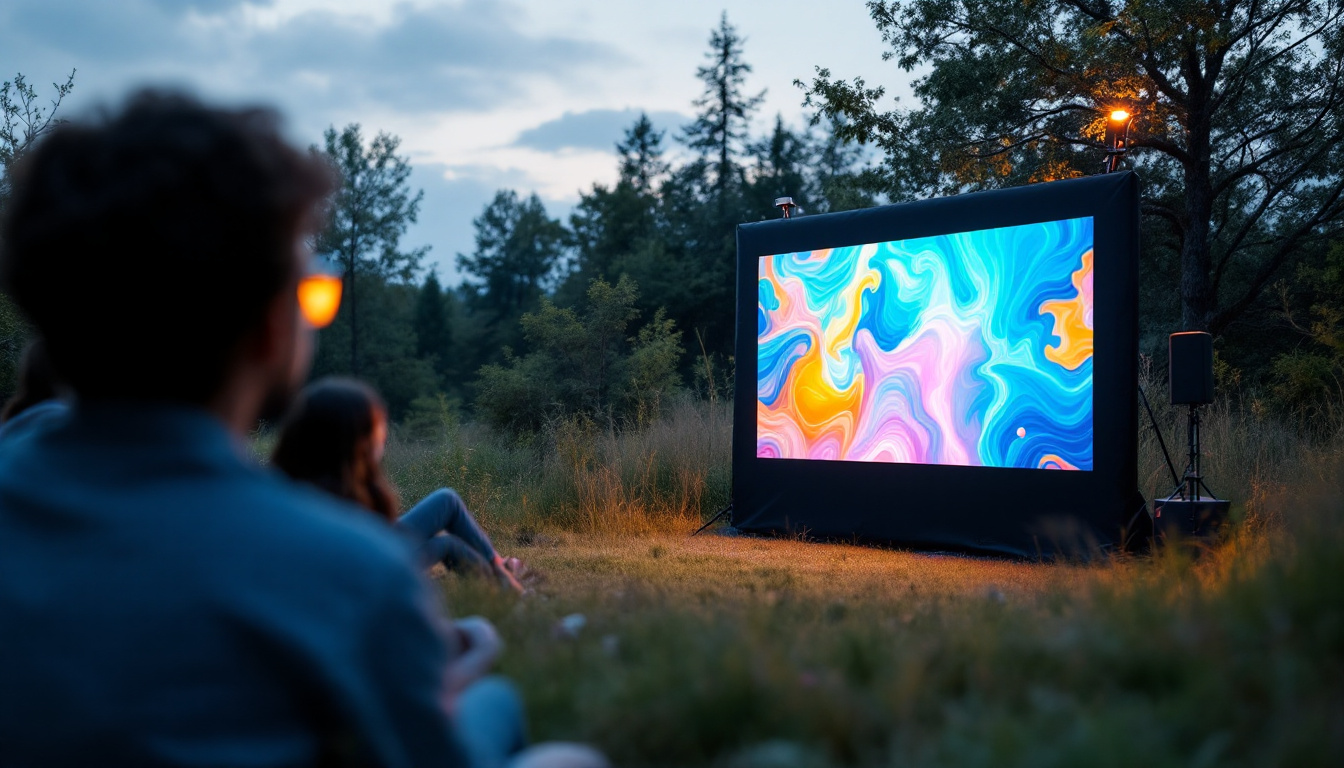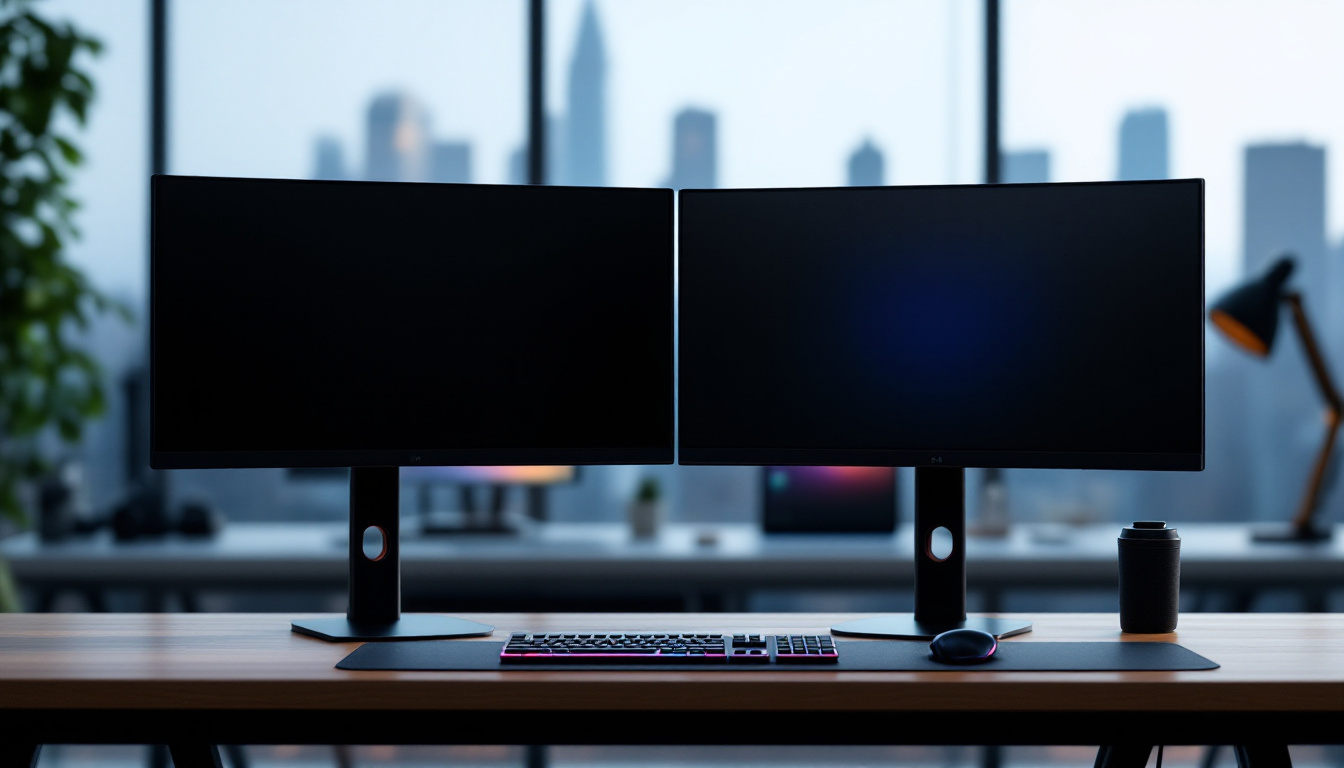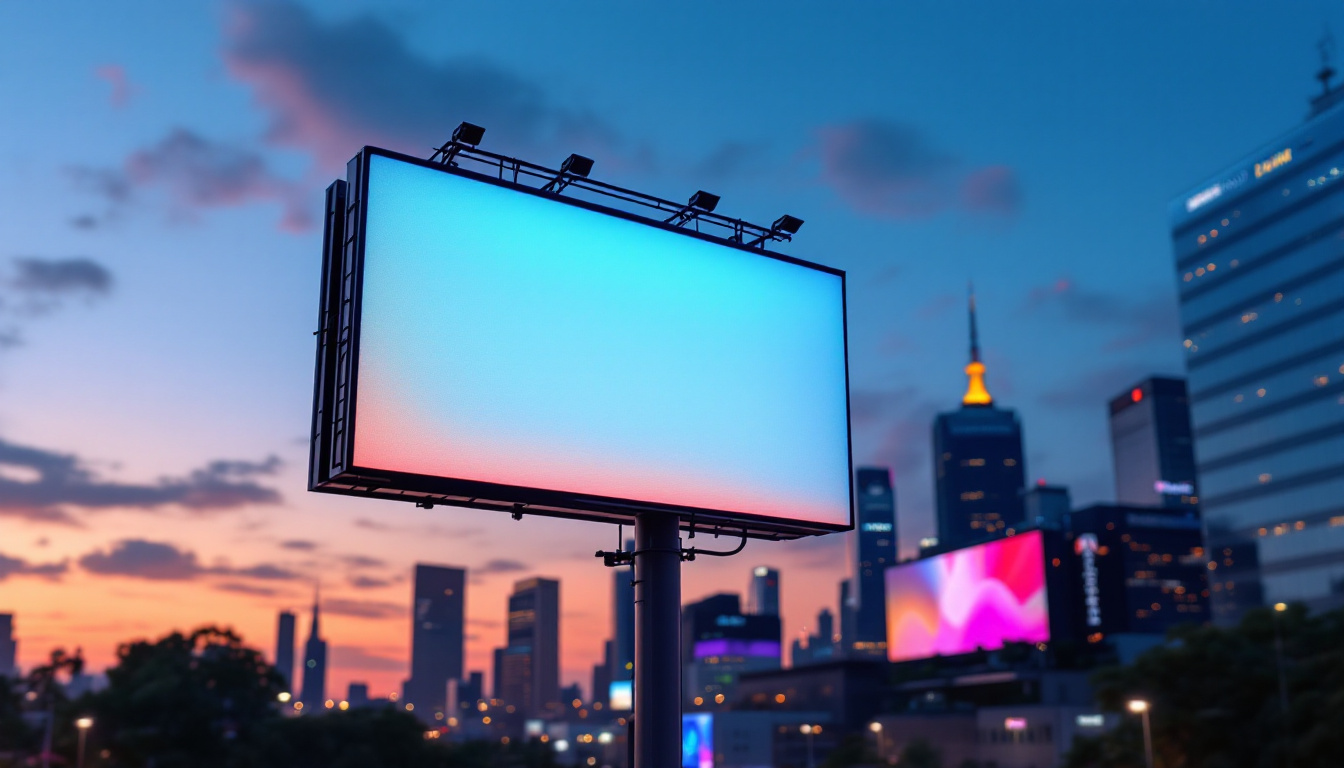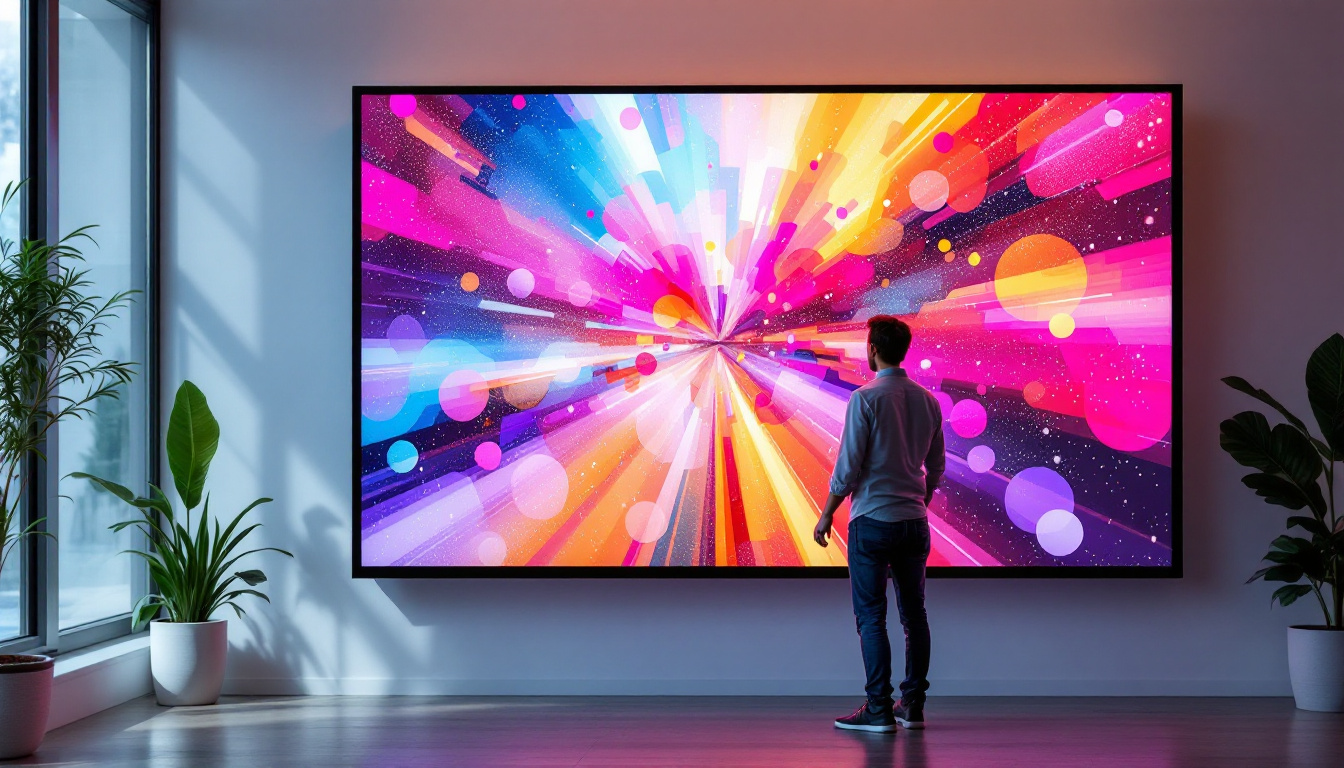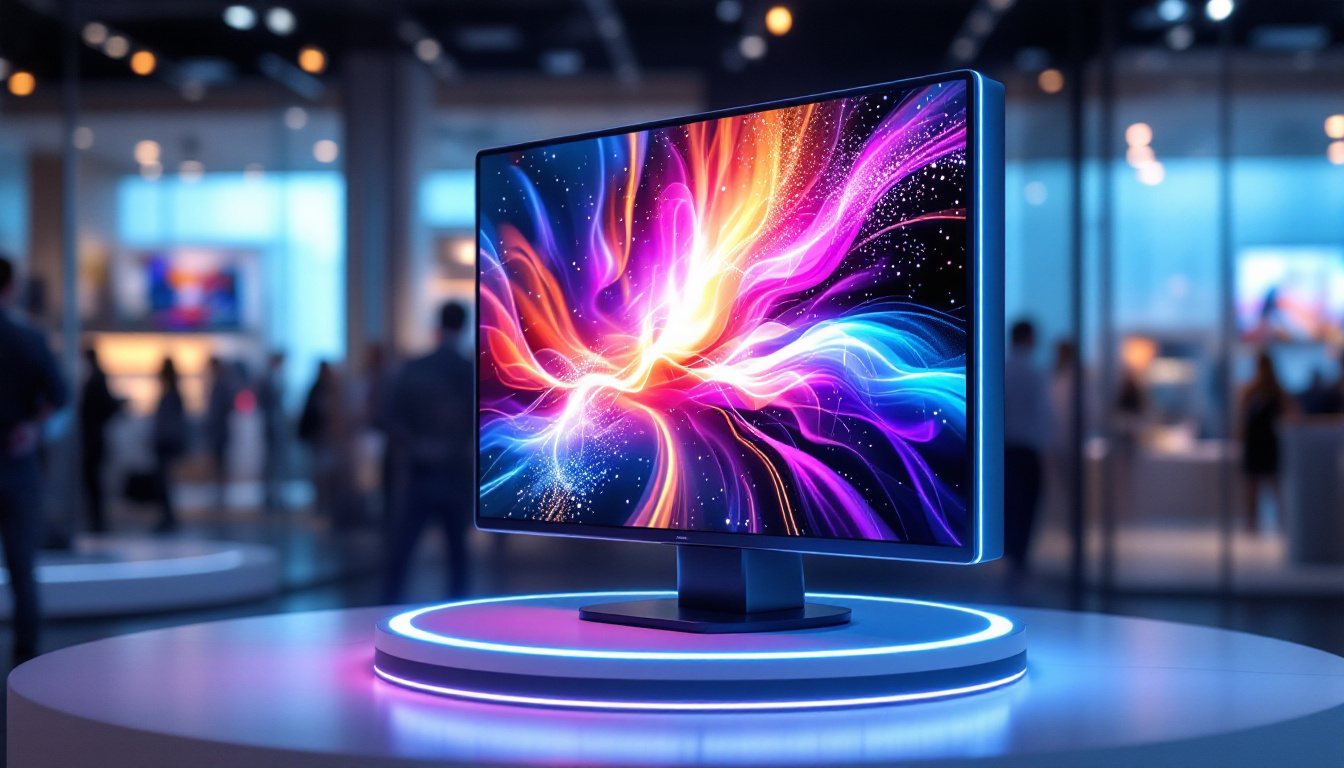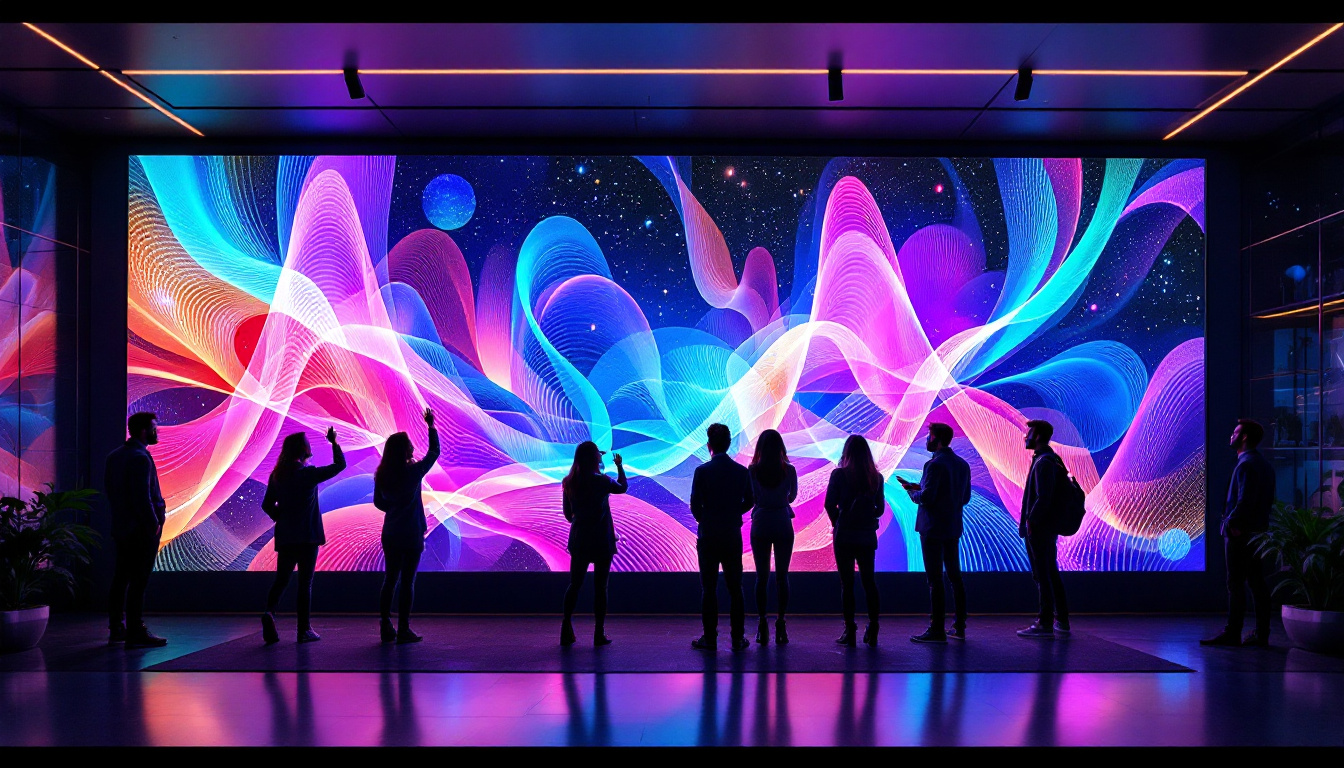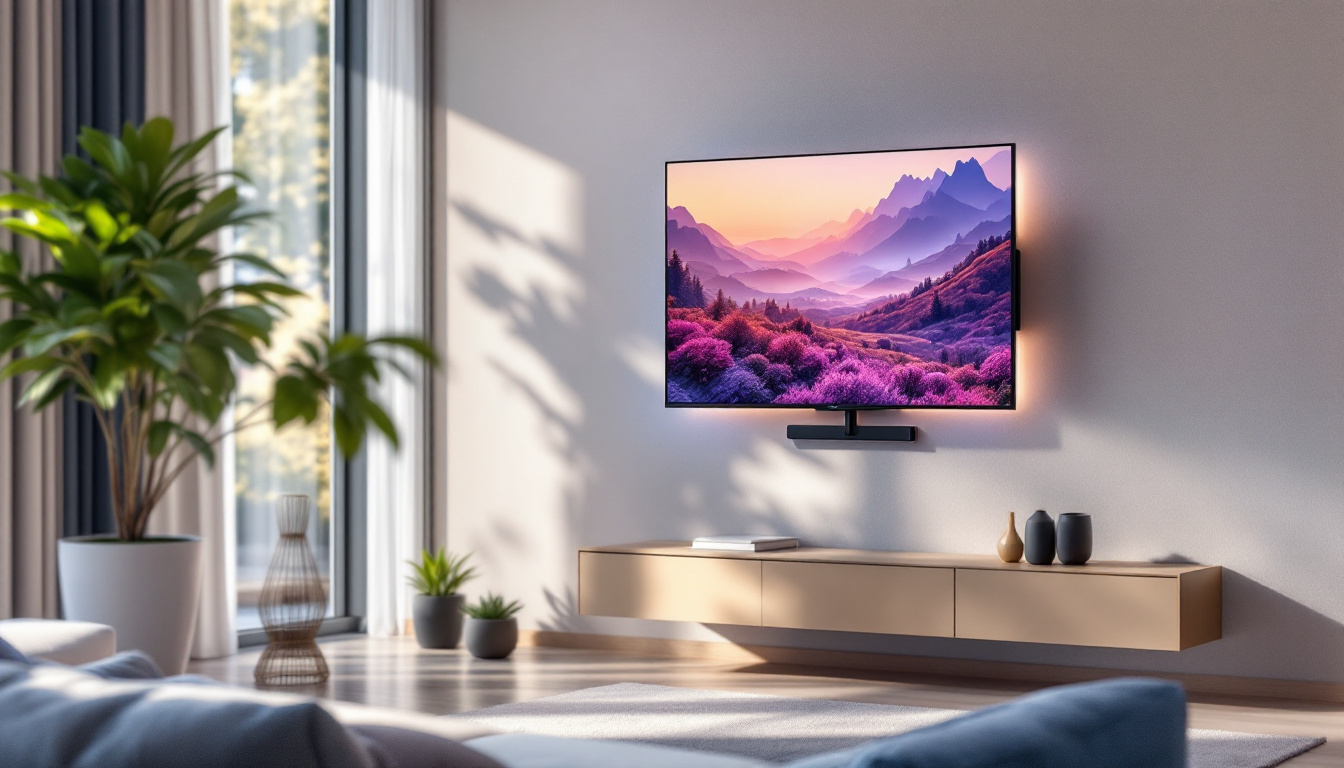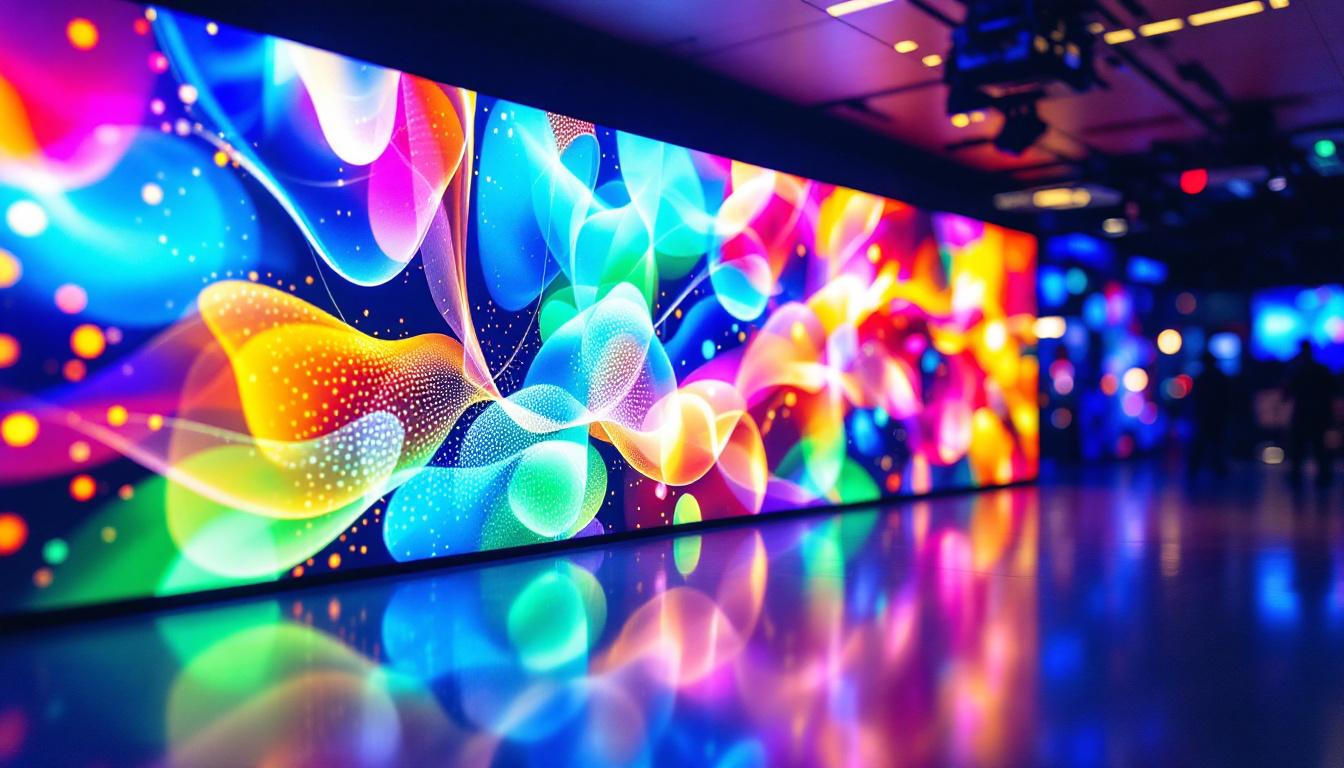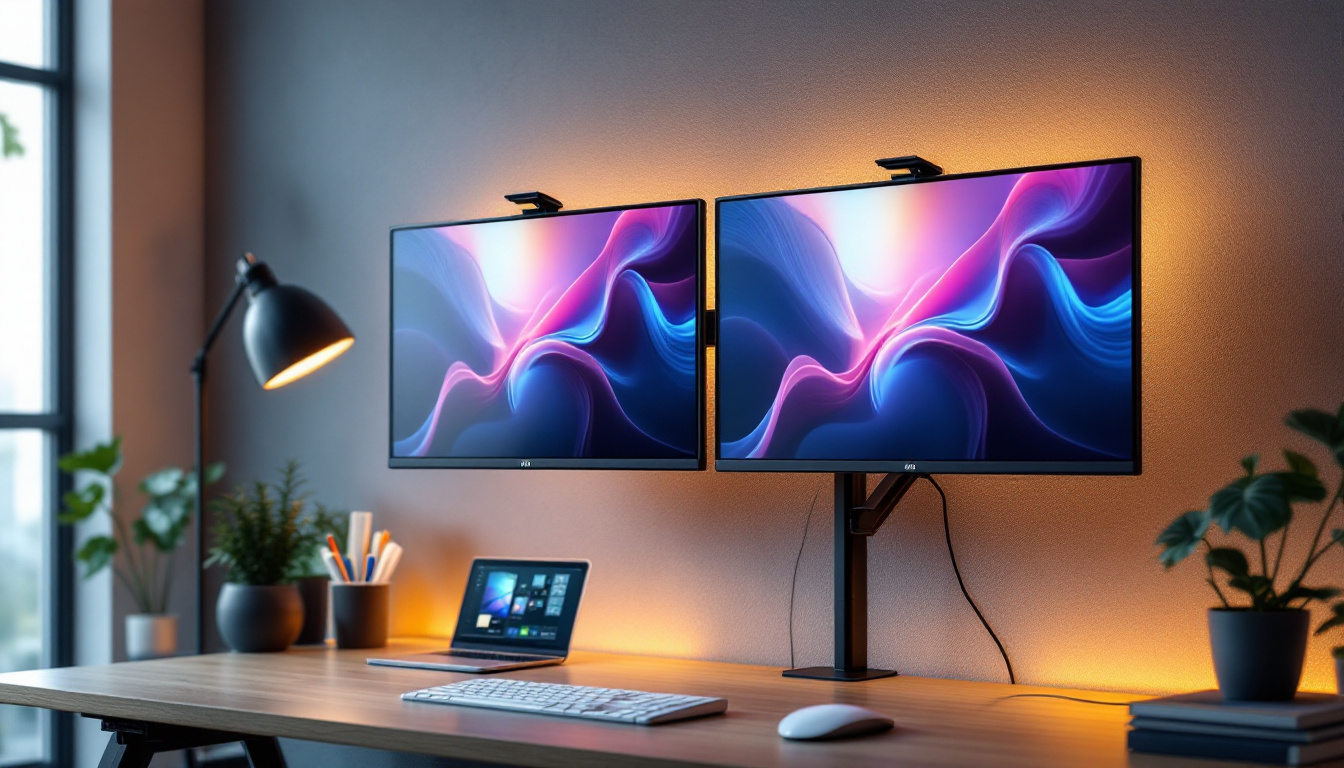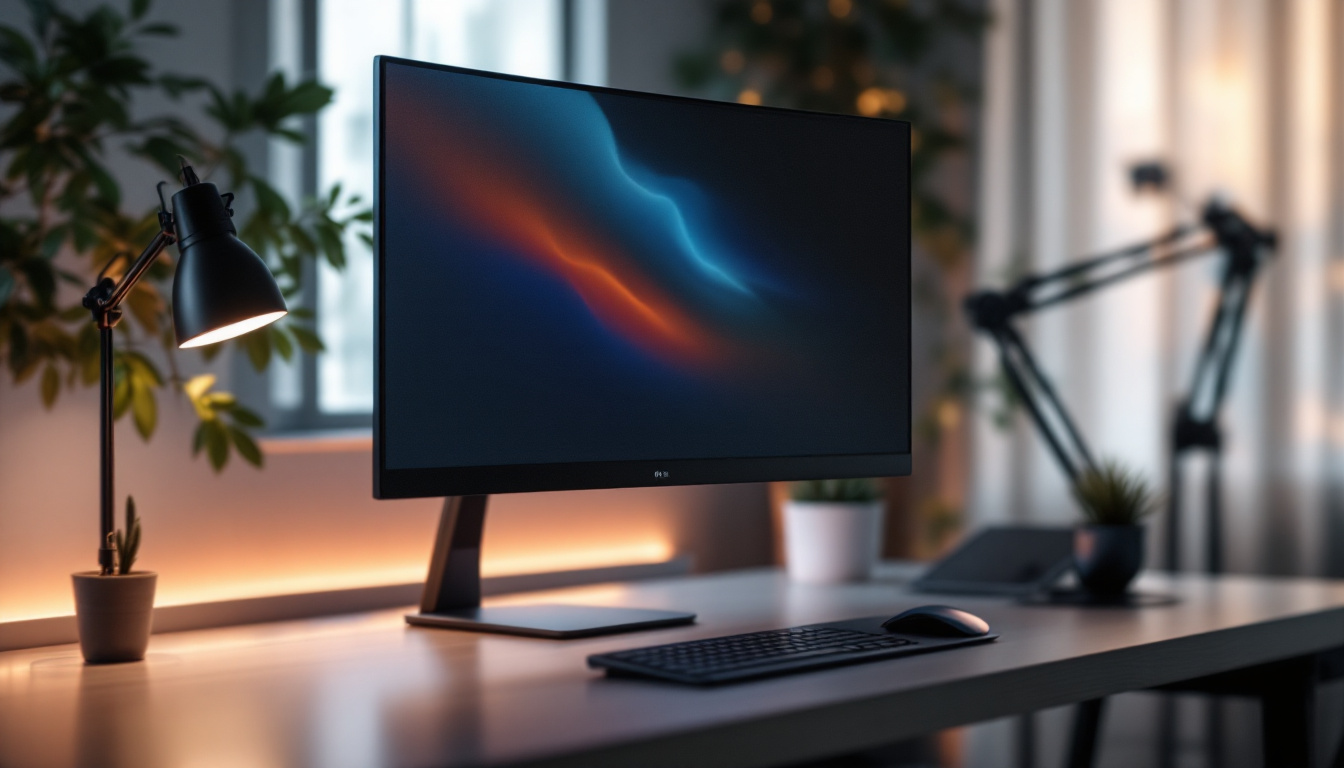In the world of technology, particularly in display technology, understanding measurements is crucial. One common conversion that often arises is from inches to millimeters, especially when discussing screen sizes. This article will delve into the specifics of converting 5.9 inches to millimeters and explore the implications of this measurement in the context of LED displays.
The Basics of Measurement Conversion
Measurement conversion is a fundamental skill that is often overlooked in everyday life. Whether dealing with dimensions for a new television, smartphone, or any other electronic device, knowing how to convert between different units can save time and prevent misunderstandings. In a world where products are manufactured globally, the ability to accurately convert measurements ensures that consumers receive the right specifications and that professionals can collaborate effectively across borders.
Inches and millimeters are two commonly used units of length. The inch is primarily used in the United States, while millimeters are part of the metric system, which is widely adopted around the world. Understanding how to convert between these units is essential for anyone involved in design, engineering, or even purchasing electronics. For example, a designer working on a product that will be sold internationally must ensure that their designs meet the expectations of various markets, which may require frequent conversions between these units.
Understanding Inches and Millimeters
An inch is defined as 1/12 of a foot and is equivalent to 25.4 millimeters. This means that when converting inches to millimeters, one can simply multiply the number of inches by 25.4 to obtain the equivalent measurement in millimeters. This conversion is not only useful for physical dimensions but also plays a significant role in fields such as architecture, where precise measurements can impact the structural integrity of a building.
For instance, to convert 5.9 inches to millimeters, the calculation would be straightforward: 5.9 inches multiplied by 25.4 gives the result in millimeters. This simple formula is a handy tool for anyone needing to make quick conversions. Furthermore, understanding this relationship can help individuals visualize sizes better, as many people find it easier to comprehend measurements in one system over another. For example, a smartphone’s screen size might be listed in inches, but knowing the millimeter equivalent can help consumers gauge its size relative to other devices they are familiar with.
Conversion Formula
The formula for converting inches to millimeters is:
millimeters = inches × 25.4Using this formula, the conversion of 5.9 inches can be calculated as follows:
5.9 inches × 25.4 = 149.86 mmThus, 5.9 inches is equivalent to approximately 149.86 millimeters. This precise measurement is crucial for ensuring that components fit correctly, especially in the context of LED displays. In industries such as manufacturing and construction, even a slight error in measurement can lead to significant issues, including wasted materials and increased costs. Therefore, mastering the conversion between inches and millimeters is not just a matter of convenience; it is a vital skill that can enhance efficiency and accuracy in various professional settings.
LED Displays: An Overview
LED displays have revolutionized the way we experience visual content. From televisions to smartphones, LED technology offers vibrant colors, high contrast ratios, and energy efficiency. Understanding the dimensions of these displays is vital for manufacturers, designers, and consumers alike.
LED, or Light Emitting Diode, technology utilizes semiconductors to emit light when an electric current passes through them. This technology has evolved significantly over the years, leading to various types of displays, including OLED and QLED, each with its own unique characteristics.
Importance of Size in LED Displays
The size of an LED display directly impacts the viewing experience. Larger screens can provide a more immersive experience, while smaller screens are often more portable and convenient. The measurement of a display is typically taken diagonally from one corner to the opposite corner, which is where the 5.9-inch measurement comes into play.
When selecting an LED display, understanding the size in both inches and millimeters can help consumers make informed decisions. For example, a 5.9-inch display may be ideal for a compact device, while larger displays are better suited for home theaters or gaming setups.
Screen Resolution and Size
Screen resolution is another critical factor that complements the size of an LED display. The resolution determines the clarity and detail of the images displayed. Common resolutions include Full HD (1920×1080), 4K (3840×2160), and even 8K (7680×4320).
As the size of the display increases, so does the importance of resolution. A larger screen with a lower resolution may result in a pixelated image, while a smaller screen can maintain clarity even at lower resolutions. Therefore, when considering a 5.9-inch display, it is essential to also consider its resolution to ensure an optimal viewing experience.
Applications of 5.9-Inch LED Displays
5.9-inch LED displays are commonly found in various devices, including smartphones, smartwatches, and portable gaming consoles. Their compact size makes them suitable for devices that prioritize portability without sacrificing display quality.
In smartphones, for example, a 5.9-inch display strikes a balance between usability and screen real estate. It provides enough space for comfortable viewing while still being compact enough to fit easily in a pocket.
Smartphones
Many modern smartphones feature displays that hover around the 5.9-inch mark. This size allows for a comfortable grip and easy one-handed operation, which is essential for users on the go. Furthermore, advancements in display technology mean that even smaller screens can deliver impressive resolutions and vibrant colors.
When considering a smartphone with a 5.9-inch display, it is vital to evaluate not only the size but also the display technology used, such as AMOLED or LCD, as these will affect color accuracy and viewing angles.
Wearable Technology
In the realm of wearable technology, 5.9-inch displays are often utilized in smartwatches and fitness trackers. These devices require screens that are both functional and compact, allowing users to access information quickly without overwhelming the device’s design.
Smartwatches with 5.9-inch displays can provide notifications, health tracking, and even navigation features, all while maintaining a sleek and stylish appearance. The compact size ensures that they remain comfortable to wear throughout the day.
Choosing the Right Display Size
When selecting a display size, particularly in the context of 5.9 inches, several factors should be taken into consideration. These include the intended use of the device, personal preferences, and the environment in which it will be used.
For example, a 5.9-inch display may be ideal for a portable device like a smartphone or tablet, but it might not be suitable for larger applications like televisions or computer monitors. Understanding the context in which the display will be used is crucial for making the right choice.
Personal Preferences
Personal preferences play a significant role in choosing display sizes. Some users may prefer larger screens for gaming or media consumption, while others may prioritize portability and ease of use. It is essential to consider how the device will be used daily and what features are most important.
Additionally, ergonomic factors should not be overlooked. A display that is too large may be cumbersome to handle, while one that is too small may strain the eyes during extended use. Finding the right balance is key to ensuring a satisfying user experience.
Environmental Considerations
The environment in which a display will be used can also influence the choice of size. For instance, a 5.9-inch display may be perfect for personal use at home or on the go, but in a professional setting, a larger screen may be more appropriate for presentations or collaborative work.
Moreover, lighting conditions can affect how a display is perceived. A smaller display may struggle in bright environments, while larger displays can often be viewed more easily from a distance. Understanding these factors can help users make informed decisions about their display choices.
Future Trends in Display Technology
As technology continues to advance, the future of display technology looks promising. Innovations such as flexible displays, higher resolutions, and improved energy efficiency are on the horizon. These advancements will undoubtedly influence the design and functionality of displays, including those around the 5.9-inch mark.
Moreover, the rise of augmented reality (AR) and virtual reality (VR) technologies may lead to new display formats and sizes that cater to immersive experiences. As these technologies evolve, the importance of understanding measurements and conversions will remain paramount.
Flexible Displays
Flexible display technology is one of the most exciting developments in the industry. This technology allows screens to bend and fold without losing functionality, opening up new possibilities for device design. A 5.9-inch flexible display could easily transform from a compact smartphone to a larger tablet-like experience, providing versatility for users.
As manufacturers continue to explore flexible displays, the ability to create devices that adapt to various needs will likely become a significant trend. This adaptability will enhance user experience and redefine how people interact with technology.
Higher Resolutions
With the demand for high-definition content increasing, the trend toward higher resolutions is expected to continue. Displays with resolutions beyond 4K are becoming more common, and as technology advances, 5.9-inch displays may soon offer resolutions that were once only available on larger screens.
Higher resolutions will enhance the viewing experience, making images sharper and more detailed, even on smaller screens. This trend will be particularly beneficial in applications like gaming and video streaming, where clarity is paramount.
Conclusion
Understanding the conversion from 5.9 inches to millimeters is just the beginning of grasping the complexities of display technology. As LED displays continue to evolve, the significance of size, resolution, and application will play a crucial role in shaping user experiences.
From smartphones to wearable technology, the 5.9-inch display serves as a versatile option that balances portability and functionality. As advancements in technology unfold, staying informed about measurement conversions and display characteristics will empower consumers to make educated decisions in an ever-changing landscape.
In summary, whether for personal use or professional applications, understanding the dimensions and specifications of LED displays is essential for maximizing their potential. The future of display technology promises exciting developments, and being equipped with knowledge will ensure users are ready to embrace these changes.
Discover the Future of LED Displays with LumenMatrix
Ready to experience the cutting-edge of LED display technology? LumenMatrix is at the forefront, offering a wide array of innovative solutions that cater to every need. From vibrant Indoor LED Wall Displays to dynamic Outdoor LED Wall Displays, and from versatile Vehicle LED Displays to sleek LED Poster Displays, our products are designed to captivate and engage. Whether you’re looking to elevate your brand visibility with a Custom LED Display or create an immersive environment with our All-in-One LED Display, LumenMatrix has the expertise to bring your vision to life. Don’t miss out on the opportunity to transform your visual communication. Check out LumenMatrix LED Display Solutions today and step into a world where clarity and innovation meet.

